Recent Victims:
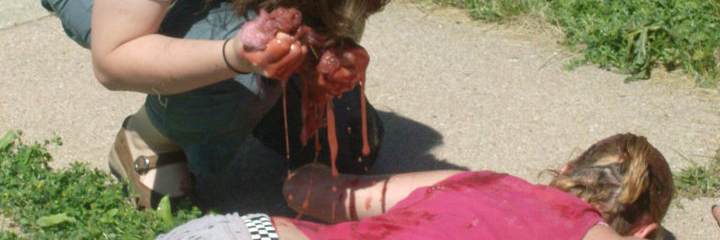
The Master of Splatter, Tom Savini, once said, “Limitations, like no money, always make you more creative and the fun is creating that stuff.” I have always had a hyperactive imagination. The film bug first bit me as a freshman in high school. On a […]
DEAD Journal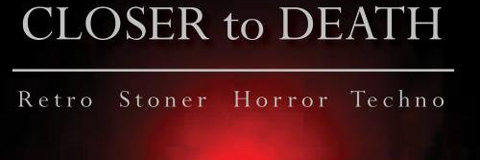
John Morrone, veteran writer for the horror webzine Bloody-Disgusting.com, is unleashing his musical talents on the world in the form of Zombies Unlimited. According to the official website, Zombies Unlimited is dedicated to creating low-cost, original music for independent horror and sci-fi movie soundtracks. This […]
Music & Events Music Reviews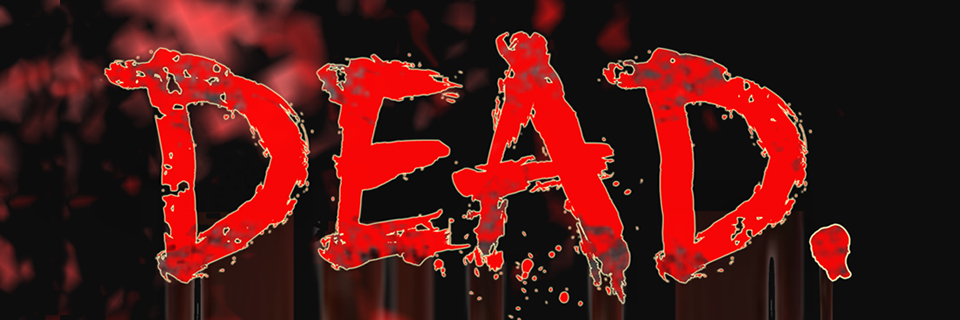
My name is Justin Hamelin. I am a horror nut. Over the years, feeding my appetite with the classic films and reading every book Stephen King has ever written was sufficient. As I’ve grown older, my lust for the macabre has become insatiable. I look […]
DEAD Journal
Does chasing after marauding trolls through the Norwegian countryside and taking them out with a bevy of homemade specialized weapons sound like fun? Of course it does. Did I mention that these aren’t the cute, fuzzy little critters that sit on the end of your […]
Movie Reviews Movies & TV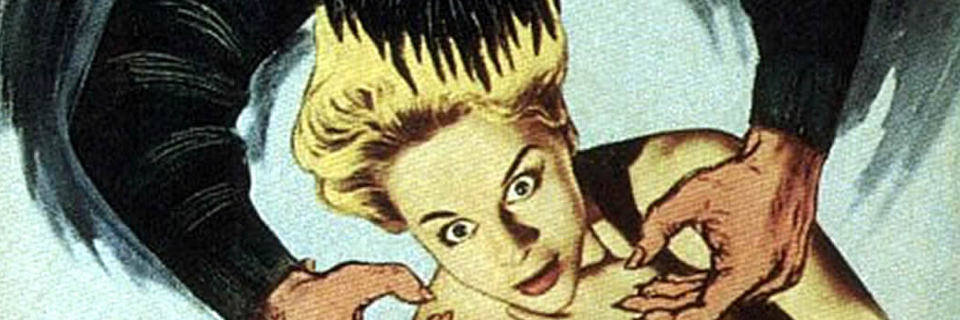
Ravenous Monster’s retrospective series continues with another diagnosis from the good Dr. Abner Mality…. Greetings, fear freaks! Today we take a strange detour through the decade of the 50’s, the years when the shadow of the mushroom cloud loomed over horror like…well, like a mushroom […]
Featured Article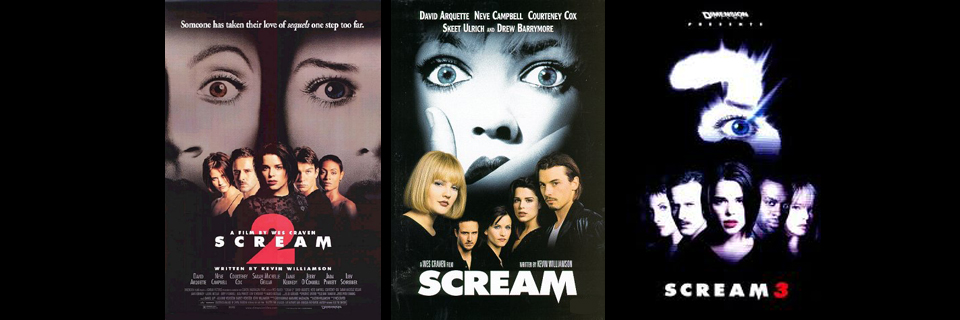
Following his review of Scream 4, writer Justin Hamelin takes a look back at the original trilogy…. Randy Meeks said it best. “Simplicity! If it gets too complicated, you lose your target audience!” Writer Kevin Williamson had a recipe for a blockbuster juggernaut. Horror legend […]
Featured Article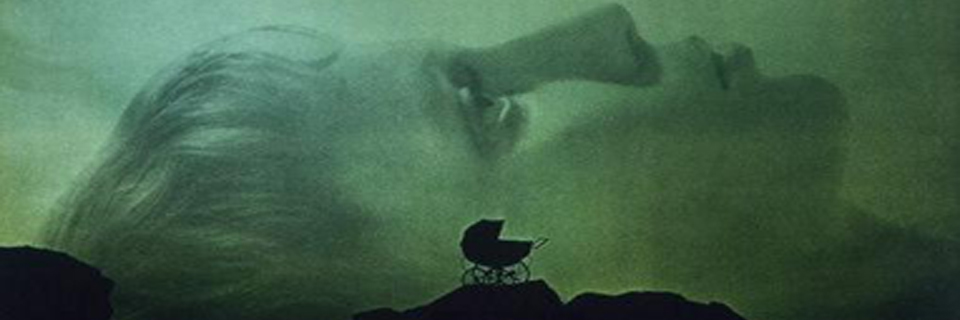
The enviably towering apartments and fierce Vidal Sassoon stylings aside, it is quite harsh and sad to realize that throughout half of Roman Polanski’s 1968 horror and suspense classic, Rosemary’s Baby, we are watching a lonely Midwesterner gestate and produce the inhuman spawn of the […]
Featured Article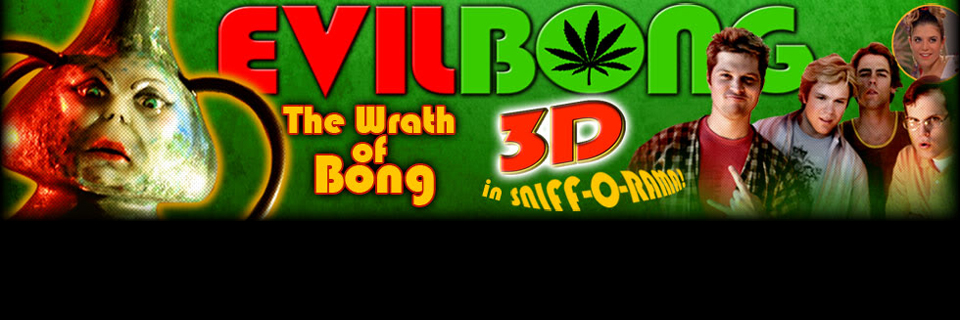
On April 23rd, the Charles Band Road Show raped and pillaged its way to the Orpheum Theater, located on the infamous State Street Pedestrian Mall in downtown Madison, WI. This evening’s gathering was a stop along the World Premier Tour for Full Moon Pictures’ latest […]
Event Coverage Music & Events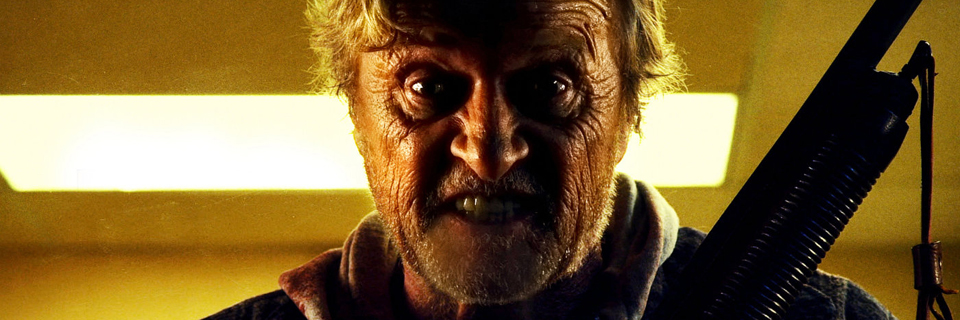
Hobo with a Shotgun, directed by Jason Eisener and starring Rutger Hauer in the titular role, looks, sounds, and plays exactly like what it’s emulating – an exploitation extravaganza circa the early 1980’s. Having originally been made as a fake trailer for the promotion of […]
Movie Reviews Movies & TV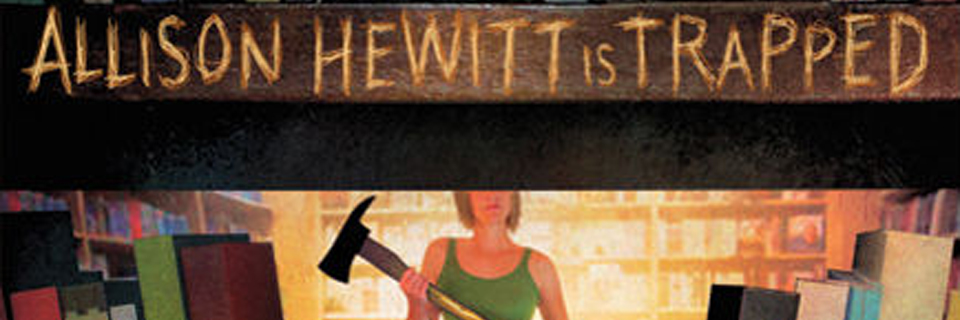
Madeleine Roux’s first novel, Allison Hewitt is Trapped is a zombie book with brains. Not the kind that satiate the story’s hungry horde of walking dead, but rather the kind that manifest from an author who respects the intelligence of her readers and whose writing […]
Book Reviews Books & Comics